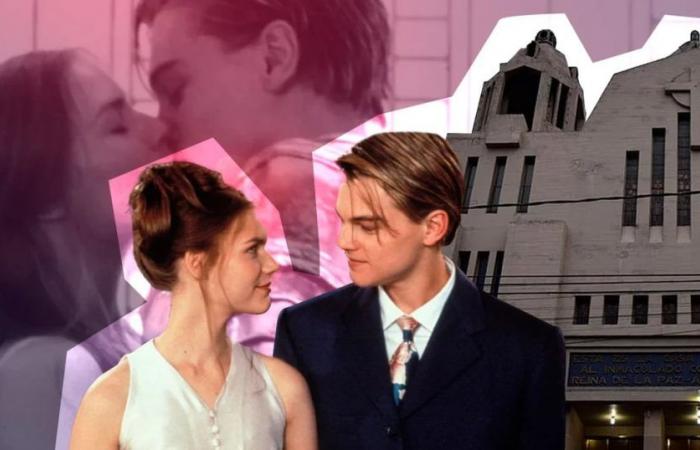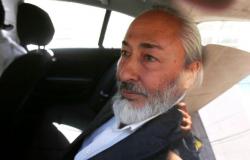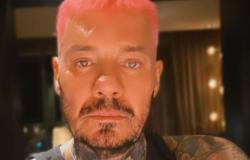
Leonardo Dicaprio He is one of the most recognized and loved actors worldwide, since his work in various productions of hollywood has positioned him as one of the darlings of the public in the acting guild.
The beloved protagonist of renowned productions such as Titanic He has set foot on Mexican soil on more than one occasion. However, the tape ROmeo + Juliet, by William Shakespearefrom the director Baz Luhrmanneven made him enter and roll in one of the churches largest and most recognized Mexico City.
Although development took place in Canada and Australia, with pre-production and post-production in the latter mentioned country, some parts of the film were shot in Miami, United States, but the majority of the film was filmed in Mexico City and Boca del Río, Veracruz.
The location best known to the public is the one filmed in the imposing Castle chapultepecwhich served within the film as a mansion, however a chapel of the Valley Colony It was also required and used to film some scenes that now go down in history as well as the religious and Catholic temple.
The church where some shots were recorded for the Hollywood film Romeo + Juliet, by William Shakespeare, is that of the Immaculate Heart of Mary in Colonia Del ValleMexico City.
Located at C. Gabriel Mancera 415, Col del Valle Centro, Benito Juárez, CDMXthis important and historic venue in the country’s capital once again joins the list of chapels that have been used for the filming of films starring renowned actors, since in Mexico other artists from the Period of the Golden Cinema They also used it as a location.
Romeo + Juliet, by William Shakespeare is a modern adaptation of the classic work by the English playwright, directed by Baz Luhrmann and released in nineteen ninety six. The film transfers the tragic love story between Romeo Montague and Juliet Capulet to a contemporary setting in the fictional Verona Beach, although it maintains Shakespeare’s original dialogue.
The main cast is headed by Leonardo DiCaprio, in the role of Romeoand Claire Danesas Juliet. Other notable actors include John Leguizamo as Tybalt, Harold Perrineau as Mercutio and Pete Postlethwaite as Friar Lawrence.
A significant portion of the film was filmed in Mexico, taking advantage of its diversity of locations. The city of Veracruz served as the main setting for Verona Beach, while areas of Mexico City were also used for various scenes.
In terms of commercial success, Romeo + Juliet It grossed more than $147 million at the box office, far exceeding its budget of $14.5 million. The film received praise for its visual style and innovative reinterpretation of Shakespeare’s work, establishing itself as a contemporary classic.
According to the Mexico City website, the Church of the Most Pure Heart of Mary Queen of Peace, located in Mexico City, became famous internationally thanks to its appearance in the film Romeo + Juliet from 1996, starring Leonardo DiCaprio. To locals, it is commonly known as “Our Lady of Transit” due to the sculpture on its top that seems to direct traffic at the Mariscal Sucre roundabout.
The figure atop the church is often confused with Rio de Janeiro’s statue of Christ the Redeemer, which may deter some from appreciating the incomparable 20th-century temple that lies below. Construction of the temple began in 1938 to replace a smaller chapel, built in 1923 and closed during the Cristero War. This chapel, one of the few authorized to celebrate mass, became a parish church in 1931 and was reconsecrated as the Church of the Immaculate Heart of Mary.





